Why fences, crop rotation and water storage mean one farmer is no longer losing the plot in Northern Ghana
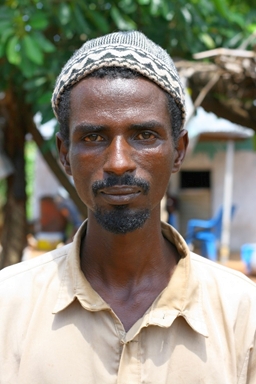
Abdullah Ahjedi, is the head of a large family, supporting two wives, his mother-in-law, two daughters and six sons. The family are Fulani, a traditionally nomadic, pastoralist people, found in many parts of West Africa. Fulani are almost exclusively Muslim.
Abdullah is not your average Fulani. He rears livestock (cows, ducks, doves, donkeys, chickens, guinea fowl, goats and sheep) but also successfully farms crops such as maize. In fact, he believes that it’s the synergies between keeping livestock and crop farming that are key to his farm’s good yields and productivity.
Abdullah practices a livestock/crop rotation system. He keeps livestock on a designated piece of land for a period of time ensuring a build-up of manure in one specific area. He achieves this by using simple fencing made from sticks and branches. After moving the livestock on to another site on his farm he grows crops there for three years. After that the soil fertility begins to drop and he brings the livestock back to the same site again.
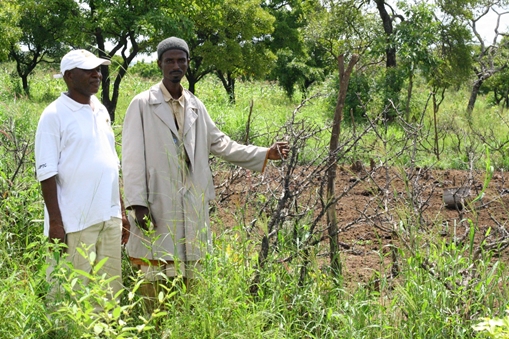
Fencing is an unusual technology for a Fulani to embrace. Yet it is a strategy that has the potential to improve his crop yields and also play a role in reducing conflict between different communities. Conflict between predominantly semi-nomadic, pastoralists and more sedentary crop farmers is a regular occurrence in the north of Ghana sometimes leading to violence and death of one or more of the parties involved. Trouble invariably arises when a pastoralist’s livestock (generally cattle) have crossed over into someone else’s crop fields and eaten or otherwise destroyed them, and along with it their owner’s livelihood. Increasing the use of fencing in the region to keep livestock in certain areas and, equally importantly, out of others will help to remove a key catalyst that pits one community against the other.
Abdullah makes the most of the synergies across his different farming methods. For example he uses a pair of bullocks to plow his fields.
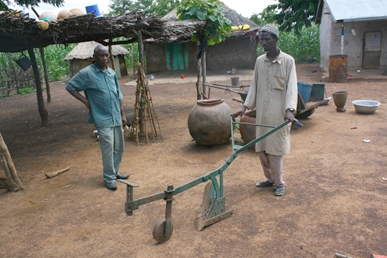
“I get better yields when I use bullocks to plow the land rather than hiring a tractor and driver” he says, “It also doesn’t cost me anything because I have the bullocks anyway”
As an innovative farmer with a foot in both the crop farming and livestock rearing camps Abdullah and his effective livelihood strategies may hold not only the key to ensuring the future productivity and food security of communities in the region but also the key to a achieving a significant reduction in the conflicts among them.
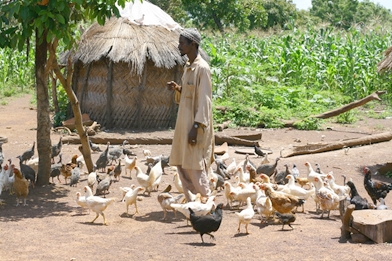
Northern Ghana experiences erratic annual climate patterns. A short and fairly unpredictable rainy season, with intense downpours, is followed by seasonal droughts. For farmers like Abdullah this means extremes of either flooding and water logged soils or alternatively not enough water to grow crops productively. Without effective water management strategies in place these annual climate cycles significantly limit crop growth and cultivation opportunities. A lot of water is currently lost as runoff during the rains. Appropriately managed, however, this could instead be productively used to support agriculture in the dry season, enabling farmers like Abdullah to grow more and so improve both their own livelihoods and more widely food security in Ghana.
Abdullah’s biggest challenge he says is water, having enough when he needs it and within a reasonable distance of his farm and household for both his livestock and domestic use. He doesn’t irrigate his crops relying instead purely on rainfall, but this means that he isn’t able to grow crops during the dry season. Having the facility to be able to irrigate crops on his farm would enable him to begin dry season farming which would further supplement his family’s income and improve their food security.
The International Water Management Institute (IWMI) in partnership with a local NGO, the Business and Development Consultancy Center (BADECC), Ghana, led by Chief Issahaku Jesiwuni, is exploring the potential of various agricultural water management strategies to provide these kind of opportunities. IWMI is involved in a research project in the area which aims to identify ways to increase agricultural intensification, and farm productivity. The Sustainable Intensification of Key Farming Systems in the Sudano-Sahelian Zone of West Africa project (an Africa-RISING project funded by USAID) aims to achieve this. At the same time, the project aims to ensure proposed solutions are locally appropriate and aligned with sustaining the ecosystems (and the services they provide) that these farms are linked to.
Currently Abdullah and his family use donkeys and a cart loaded with two 45 gallon drums (equaling at total of around 340 litres) to fetch water, for their and their livestock’s use, from a community reservoir a few kilometers away. Others in the community (without donkeys and a cart) fetch water by hand.
[one-half]
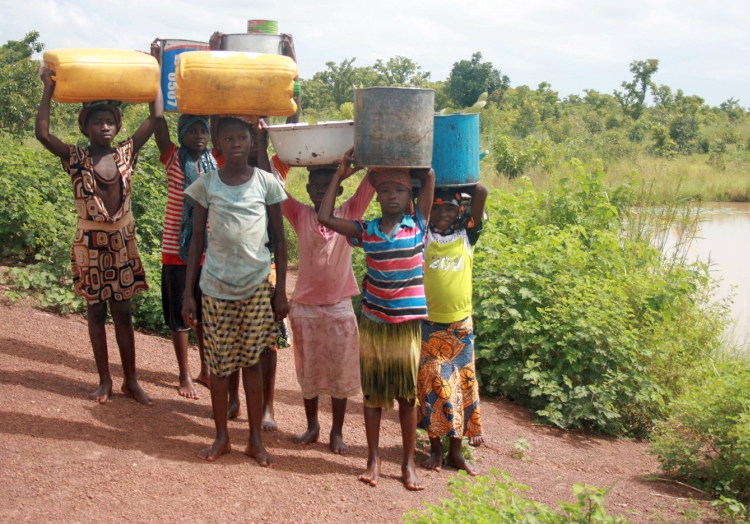
[/one-half]
[one-half last]
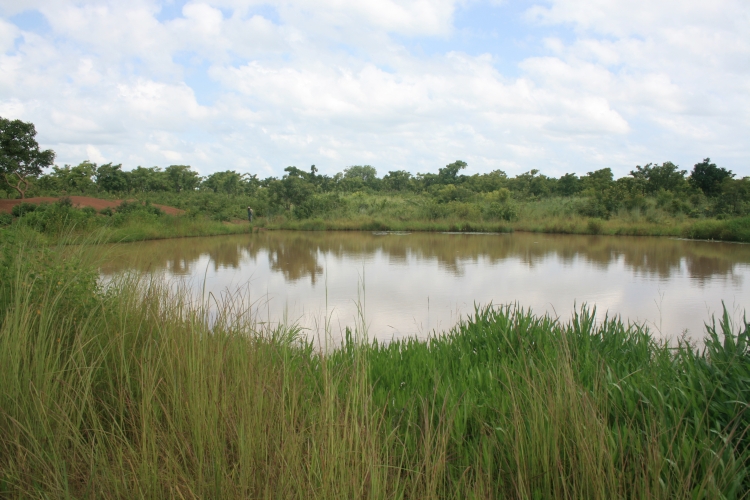
[/one-half]
Abdullah says that he is interested in dry season farming if only he could access water closer to his farm. What he needs he says is the know-how to establish some sort of on-farm water source that he can rely on without always having to bring water by donkey, for dry season farming, but also for household use and for watering his livestock.
“The women in my family have to travel to the reservoir to collect water but also to do their laundry” he says “so having a water source much closer to home would make it much easier for them and also mean we’d have more money”
Scenarios like this and the opportunities they potentially provide for effective agricultural water management strategies and technologies to foster transformational changes that would lead to improved food security, increased livelihoods and enhanced nutrition and health for communities across northern Ghana are what motivate and underpin IWMI’s research in the region.
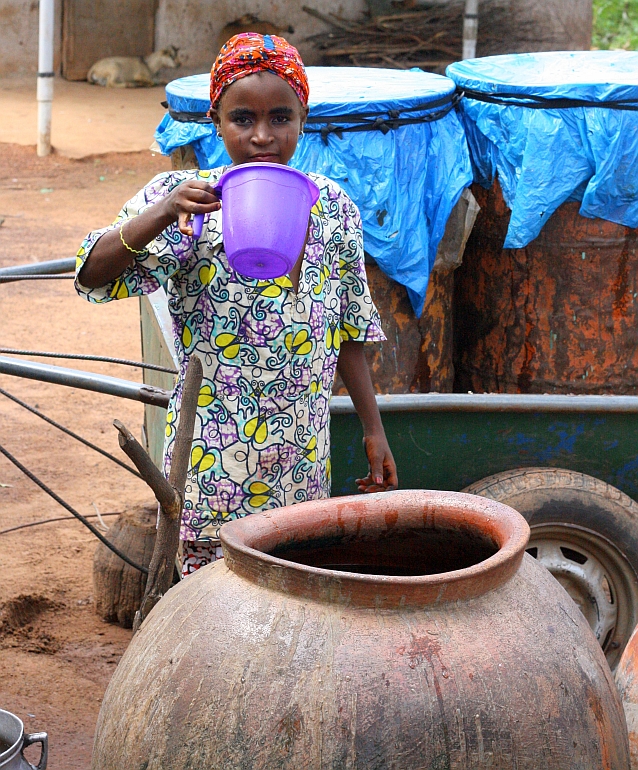
This is why IWMI, in partnership with BADECC and with the support of local Chief Issahaku Jesiwuni, is researching the potential of using bullocks to power excavation implements, designed by IWMI researchers and made in collaboration with the Tamale Agricultural Implement Factory, to create dugouts that capture and store rain that flows off the land without being absorbed into the soil (runoff). The research team are testing whether excavation implements made from tractor tyres or modified 45 gallon drums, both reinforced with heavy duty steel blades, are more effective.
Abdullah first heard about using bullocks to dig a dugout to capture rainfall through BADECC and IWMI. Having seen the technology and method demonstrated he would like to give it a try on his farm and create a small dugout reservoir to capture and store rainfall in the wet season to cater for some of his farm’s water needs. He has already identified vegetables that he would grow for his family and also to sell, as well as the possibility of using this water to grow fodder, all in the dry season.
Abdullah is already, within his community, a successful farmer of both crops and livestock but he is insistent that his children go to school and have the education that he missed out on. He says his hope is to continue to farm successfully and provide for his family before handing over the farm, along with his knowledge of effective methods and technologies, to his children so that they too can productively provide for themselves and their families in the future.
[hr top=”yes”/]
From more information:
- about IWMI: www.iwmi.org
- about the CGIAR Research Program on Dryland Systems: drylandsystems.cgiar.org
- about Africa-RISING: africa-rising.net

